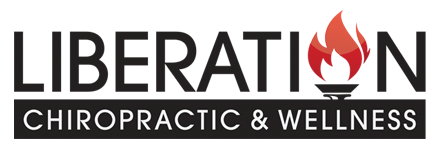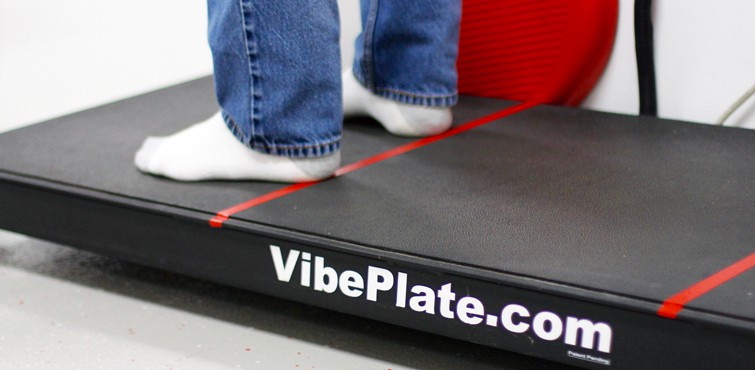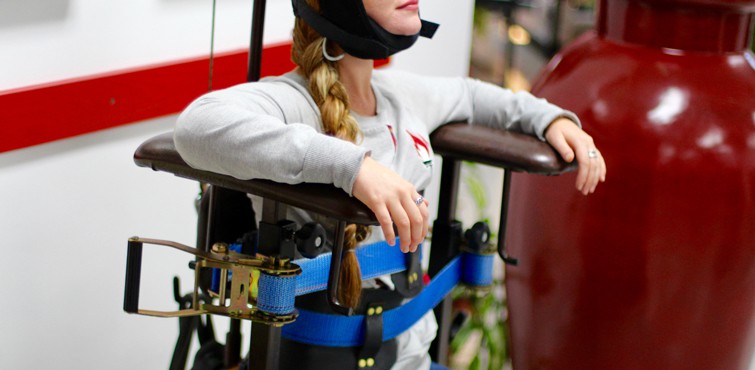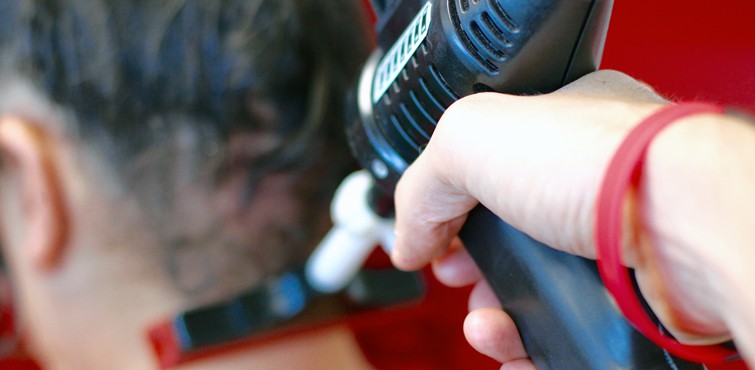Neuromuscular Rehabilitation
Neuromuscular Rehabilitation treats a wide variety of musculoskeletal and neuromuscular conditions using various non-invasive procedures. In many cases this allows us to delay or potentially eliminate the need for invasive surgeries.
Purchase your own VibePlateTop of page
VibePlate Vibration Integrated Therapies
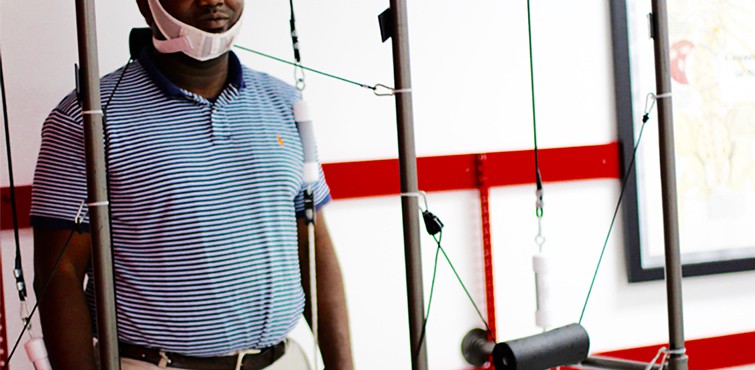 Vibration healing (also called vibration therapy) is the use of mechanical vibration to prevent, treat, and promote recovery from a variety of physical ailments, including pain, sports injuries, and bone density loss.
Vibration healing (also called vibration therapy) is the use of mechanical vibration to prevent, treat, and promote recovery from a variety of physical ailments, including pain, sports injuries, and bone density loss.
Vibeplate vibration therapy involves the application of vibration to part or all of the body at correct frequencies to achieve numerous health and rehabilitation benefits simultaneously.
Ancient Greeks promoted vibration therapy to heal the local stagnation of blood (bruising) and increase joint mobility (arthritis). Practitioners created vibration by placing a long piece of wood, which an assistant held, over the affected area. The practitioner would then use the patient’s body as a stabilizer and saw the wood; vibrations of this motion would be transferred to the affected area. In 16th Century Japan, a popular book advocated the use of percussion and vibration massage to improve rheumatic complaints and encourage the healing of broken bones. Over 40 years ago, the Russian space program noticed that astronauts returning from space experienced bone fractures and bone mass loss much earlier than their earth-bound counterparts. The Russians used whole-body vibration devices to help build up the bone mass of astronauts. NASA (the National Aeronautics and Space Administration) has used vibration therapy to prevent the loss of bone mass in astronauts, particularly females, who are more prone to osteoporosis.
Top of page
Specialized Distraction Counter-torque Scoliosis Chairs
The Scoliosis Traction Chair is designed to be the ultimate tool to address and rehabilitate the scoliotic spine, especially once it has reached the advanced stages (i.e., the Cobb angle is above 30 degrees). Research and Digital Motion X-ray have demonstrated the effectiveness of Scoliosis Chair Traction.
Top of page
Arthrostim
An Arthrostim adjustment involves the use of one of these special instruments. It has an appearance similar to a drill, and is held in a similar manner. What it does is produce a speedy thrust and recoil motion, similar to the way a Chiropractor uses their hands to adjust the vertebrae in your spine. The benefit of the instrument is that it performs this high-velocity, low-amplitude motion 12 times per second, and is targeted to a very small area. The force of the thrust radiates through the joint and the tissues that surround it, releasing trigger points that are often the cause of muscle spasms.
As opposed to traditional chiropractic adjustment techniques, use of the Arthrostim does not cause the same popping and cracking noises in the joint that can make some people feel uneasy. It is a gentle, mechanical method of easing the joints back into alignment that is basically an extension of the Chiropractor’s hands. Your Chiropractor can exert just the right amount of pressure needed by adjusting the force of the thrust up or down from merely a few ounces all the way up to 40 pounds, and it works on a wide range of body areas, not only on the spine. (NOTE: The Doctors at Liberation Chiropractic do not use Arthrostim only to adjust. Our doctors first use hands on Chiropractic techniques, but also incorporate this excellent tool as needed.)
Several studies have shown that instrument adjusting is just as effective as traditional chiropractic techniques for easing pain and increasing range of motion in patients who have sought chiropractic care. Its speed, gentleness and accuracy are also recommended for populations that may have trouble with the use of traditional chiropractic techniques, such as children and the elderly.
The Arthrostim’s movement stimulates the patient’s special sensory nerve receptors, called proprioceptors, which are responsible for detecting the proper motion and alignment of the body’s muscles and joints, signaling that all is well; however, at the same time it avoids stimulating the nociceptors, the sensory nerve receptors responsible for sending pain signals to the central nervous system.
The use of instrument adjusting, such as with the Athrostim, allows for fewer side-effects and less post-treatment muscle soreness. If this seems like a form of treatment you may be interested in, consult with your Chiropractor and ask if it may be possible to incorporate Athrostim adjusting into your treatment regime.
Top of page
